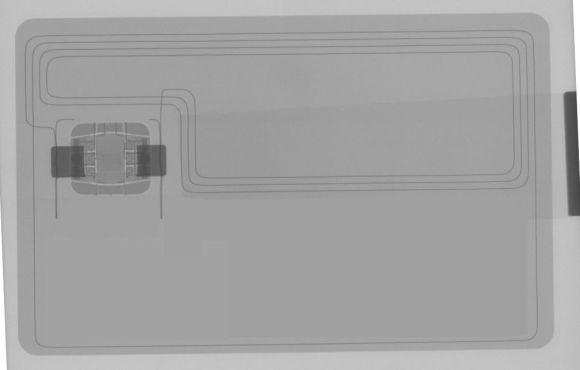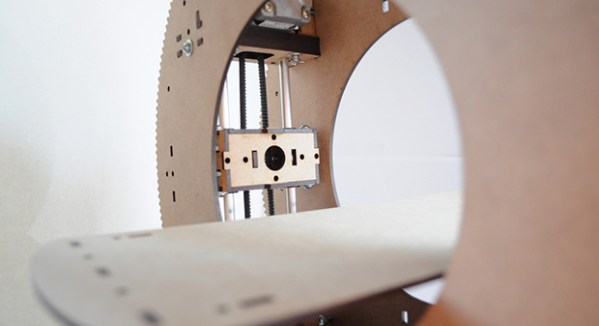
Some people aren’t too crazy about the rush of RFID enabled credit & debit cards, and the problem is, you don’t really have a choice what card you get if the bank sends you a new one! Well if you really don’t like this on your card for whatever reason, it’s pretty easy to disable.
[James Williamson] recently got a new debit card with RFID technology — the problem is it was messing with his access card at work, the readers would beep twice, and sometimes not work. He decided to disable it because of this and that he didn’t really use the tap to pay feature, nor was he completely convinced it was as secure as the bank said.
Since these RFID chips use antennas made of copper wire, he could have just started slicing his card with a knife to break the antenna — but, since he has access to a CT scanner, he thought he’d scan it to figure out where everything was.
Simply make a small notch in the edge of your card, or snip off one of the corners. This breaks the antenna and prevents power to the chip when held near a reader — though if you don’t have access to a CT scanner you might want to double-check next time you buy something!
Now there is another side to this — maybe you actually like the whole tap to pay thing, well, if you wanted to you could get a supplemental card, dissolve it in acetone, and then install the RFID chip into a finger ring for Jedi-like purchasing powers!















